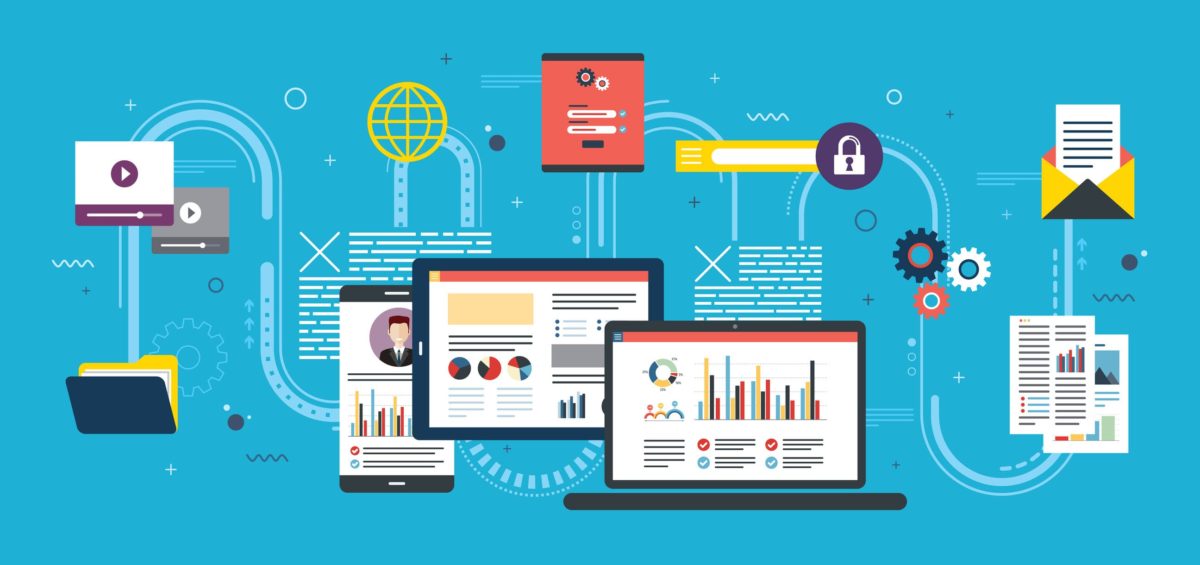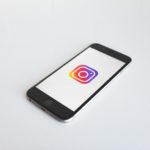Digital marketing involves the sale and promotion of goods and services through the use of a variety of channels, such as:
- Search Engine Optimization (SEO)
- Content Marketing
- Email Marketing
- Video and Graphic Marketing
- Mobile Marketing
- Pay-Per Click Marketing
- Native Advertising
These channels target customers where they spend their time online. Understanding digital marketing is key to creating a marketing budget that helps you achieve a high ROI.
Digital Marketing Types
Search Engine Optimization (SEO)
SEO is important to drive websites to the top of the result pages of the major search engines. To achieve this goal, content creators, website developers and designers use a variety of content and site optimization techniques. If you implement it effectively, SEO can increase your site’s chances of attracting potential customers.
Content Marketing
Now, more than ever, internet users are looking for interesting, relevant, and valuable content. Creating rich and compelling content will increase your brand’s visibility in search engines and get you more social media mileage. By consistently giving your readers high-value content, you will help establish your brand’s value and trustworthiness. Content marketing becomes much more effective when you do a competitor marketing analysis.
Email Marketing
Even with the rise of several new marketing channels, email remains a viable option for digital marketing. It is still a quick and efficient way to reach customers directly and a great way to provide relevant and up-to-the-minute information.
Video and Graphic Marketing
Customers today are more visually-oriented than ever, which is why creating in-depth and engaging video and graphic content are so essential. Videos and graphics are attractive and easily understood. This makes them ideally suited for modern audiences with relatively short attention spans. Infographics are proving to be popular as well and serve as an excellent form of visual content to grab your audience’s attention.
Mobile Marketing
More and more online users are accessing content via their mobile devices. Mobile marketing allows you to cater to this rapidly increasing segment, providing them content that they can easily access on-the-go.
Pay-Per Click Marketing
PPC marketing have been around for a while and remains surprisingly effective. By having your PPC ads appear in response to specific search marketing terms, you can boost your brand’s visibility and audience recall.
Native Advertising
Native ads offer several advantages over other forms of advertising. They are a lot less obtrusive than banner ads and they serve to complement the rest of the content on a web page instead of distracting from it. Native ads also tend to keep readers engaged for much longer and are more likely to be shared and go viral.
The Stages of the Digital Marketing Funnel
An effective digital marketing plan leads customers through a multistage cycle commonly known as a “marketing funnel.” Also referred to as a “top-down” cycle, this funnel consists of crucial stages in a customer’s journey toward a final action, which, ideally, is to make a purchase.
The three main stages of the marketing funnel, from top to bottom, are awareness, consideration and conversion/decision. For maximum effect, a marketing plan should guide customers along every stage of the funnel, eventually encouraging them to make a purchase decision.
Top of the Funnel
At the top of the funnel your goal is to make your customers aware of your product and its benefits. At this stage your plan should be focused on connecting with potential customers who may not be aware of your product or may not know of its value. This stage of the plan should also lead customers toward the next stage, which is where they will begin to consider purchasing your product.
The most effective strategies for increasing customer awareness are social media marketing and PPC display ads. To be most effective, you should first identify your target audience and then focus your efforts on the particular social media platforms that they use.
Don’t neglect the power of PPC display ads. They can be amazingly useful for increasing brand awareness and recall, even if the people who see them don’t actually click on them.
Middle of the Funnel
The middle stage of the funnel is where you encourage potential customers to consider the value of your product. This is where most customer research takes place, so it is essential to establish yourself as an authority in your niche and to attract potential customers to your website.
SEO, video marketing, and PPC search ads are among the most effective methods you could implement at this stage. You could also gain considerable mileage from an effectively implemented email marketing campaign.
At this stage one of your main goals should be to answer every question that your potential customers might have about your product. You can do this by featuring rich site content and blogs, and also by engaging with customers directly via a forum on your website or through social media.
Make sure to optimize your content for mobile audiences as well. And as always, include useful video and graphic content that will be more attractive to both web and mobile users.
Bottom of the Funnel
The bottom stage of the funnel is where you will hopefully give potential customers enough of a push to convert them to actual paying customers. Your primary goal here is to encourage them to make a decision or perform some type of action, which, ideally, is to purchase your product.
There are many ways to spur potential customers into action, including SEO, PPC and email marketing. Personalized content will help tip the balance in your favor and lead customers from the thinking stage to the action stage. You could also provide testimonials of your product from actual users and feature information from authoritative sources.
Always strive to customize your content based on the needs of your target audience. By providing live demos and Q&As you could give potential customers enough encouragement to drive them to make a purchase.






